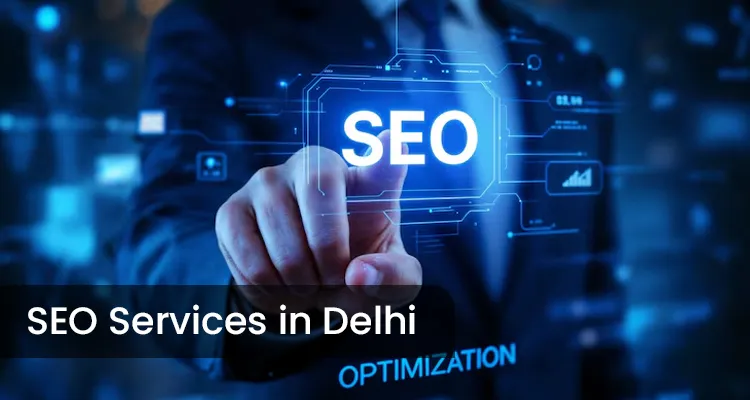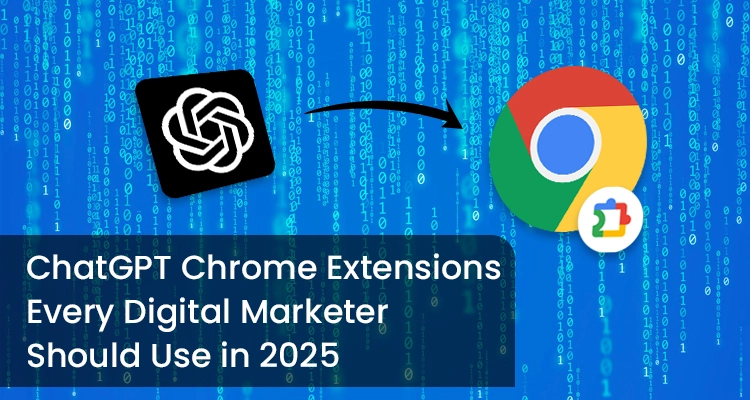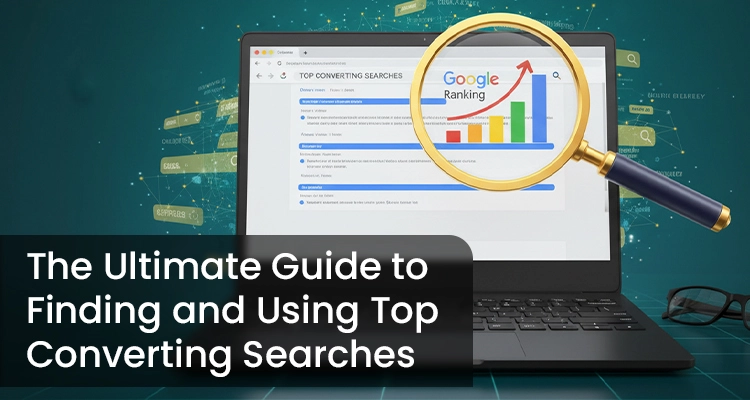Website Design for the Modern Consumer: How to Stay Ahead in 2025

In today’s fast-paced digital world, website design plays a critical role in shaping the success of businesses across industries. With the rapid evolution of technology and shifts in consumer expectations, staying ahead of the curve in website design is crucial for gaining a competitive edge. As we approach 2025, it’s clear that modern consumers have new expectations for digital experiences. For businesses and developers, this means adopting innovative strategies that not only enhance usability but also appeal to the values and behaviors of today’s tech-savvy audience. In this article, we’ll explore key trends and essential strategies to help you stay ahead in website designs in 2025.
1. User-Centered Design: Putting People First
The most important factor in web design is understanding your target audience. In 2025, consumer behavior is shifting, with users expecting seamless, personalized, and intuitive online experiences. This shift emphasizes the need for user-centered design (UCD). UCD focuses on creating websites based on a deep understanding of users’ needs, behaviors, and pain points.
To ensure your website resonates with modern consumers, consider implementing features that enhance user experience:
- Personalized content: Use data-driven insights to offer users tailored experiences based on their behavior, location, and preferences.
- Streamlined navigation: Ensure that your website’s structure is simple and intuitive, making it easy for users to find what they’re looking for in just a few clicks.
- Faster loading times: As attention spans shorten, a website that loads quickly becomes a necessity. A delay of just a few seconds can lead to a loss in traffic and conversions.
By focusing on the needs and expectations of your users, you can create a website that stands out in the increasingly competitive digital space.
2. Mobile-First Design: Optimizing for On-the-Go Users
As mobile usage continues to dominate, designing with a mobile-first approach is no longer optional—it’s a requirement. In website designs in 2025, more than 70% of internet users will access websites from mobile devices. Therefore, mobile-friendly websites are essential for reaching today’s consumers.
A mobile-first design strategy ensures that your website is optimized for smartphones and tablets. Here are some tips to enhance mobile optimization:
- Responsive design: Your website should automatically adjust its layout based on the user’s device. This provides an optimal viewing experience, whether the user is on a phone, tablet, or desktop.
- Touchscreen-friendly interfaces: With touch gestures becoming the norm, ensure that buttons, links, and navigation elements are large enough for easy tapping.
- Mobile-optimized images and media: Large images and videos can slow down mobile sites. Compress images to reduce load times without compromising quality.
A mobile-first design not only improves user experience but also boosts your search engine ranking, as Google prioritizes mobile-optimized websites in its algorithm.
3. Minimalist Aesthetic: Simplifying the User Experience
While vibrant, colorful designs may capture attention, the minimalist aesthetic is becoming the hallmark of modern website design. This trend focuses on clean, simple layouts that provide a clutter-free environment, making it easier for users to find what they need.
In 2025, minimalist design will continue to thrive for several reasons:
- Enhanced usability: With less clutter, users can focus on the most important content, making interactions more efficient and enjoyable.
- Faster loading times: Simpler designs tend to load faster, which is vital for improving user retention and SEO performance.
- Sophisticated look: A minimalist design conveys professionalism and modernity, appealing to contemporary consumers.
To adopt a minimalist approach, consider using plenty of white space, focusing on key elements, and eliminating unnecessary distractions. Keep the color palette neutral and consistent across pages.
4. Voice Search Optimization: Speaking to the Future
As voice search technology continues to grow, optimizing websites for voice search is becoming increasingly important. In fact, 55% of households are expected to own a smart speaker by 2025, and voice queries are expected to account for 50% of all searches.
To prepare for this shift, start incorporating conversational language into your content. This includes using natural phrases and long-tail keywords that people are likely to speak when using voice search. Also, optimize your website’s content for local searches, as many voice queries are location-based.
For example, instead of focusing on the keyword “best running shoes,” optimize for “What are the best running shoes near me?” This small change will help your website rank higher in voice search results, increasing visibility and driving more traffic to your site.
5. Interactive and Immersive Experiences: Engaging Consumers with Interactive Design
Modern consumers are drawn to experiences that are immersive, engaging, and interactive. In website designs in 2025, websites will increasingly feature interactive design elements that invite users to participate and engage actively with content.
Interactive features can take various forms, including:
- Interactive infographics: Allow users to explore information through clickable graphics, animations, or scroll-based interactions.
- AR/VR integration: Augmented Reality (AR) and Virtual Reality (VR) technologies can transform the way users experience products, services, and content. For example, furniture stores allow users to visualize how furniture will look in their homes through AR.
- Gamification: Adding game-like elements, such as points, rewards, and challenges, can enhance user engagement and encourage repeat visits.
By incorporating interactive elements into your website, you can provide a memorable, enjoyable experience that keeps consumers engaged longer and increases the chances of conversion.
6. AI-Powered Personalization: Enhancing the Customer Journey
Artificial intelligence (AI) is playing a major role in reshaping the digital landscape. In 2025, AI will be pivotal in delivering highly personalized web experiences. AI can help businesses anticipate user needs and provide tailored content, product recommendations, and targeted promotions.
Some AI tools that can enhance website personalization include:
- Chatbots and virtual assistants: These AI-driven tools can provide real-time customer support and guide users through the website, helping them find products or services quickly.
- AI-powered content recommendations: By analyzing user behavior, AI can suggest relevant content or products based on past interactions, increasing conversion rates and customer satisfaction.
- Predictive search: AI algorithms can predict what users are searching for based on their browsing history and behavior, making it easier for them to find what they need.
Incorporating AI-powered tools into your website not only improves the user experience but also drives business growth by delivering personalized content at scale.
7. Sustainability and Ethical Design: Building for the Future
Today’s consumers are increasingly conscious of environmental and social issues. As we approach website designs in 2025, sustainability will play a crucial role in website design. Many consumers are more likely to support brands that align with their ethical values. Incorporating sustainable practices into your website can help you build trust with your audience.
Here are some ways to embrace sustainability in website design:
- Eco-friendly hosting: Choose a hosting provider that uses renewable energy to power their data centers.
- Energy-efficient design: Optimizing website performance to reduce energy consumption is becoming a priority. Lightweight code and efficient image compression can contribute to this goal.
- Support for ethical causes: Display your commitment to sustainability through branding and content that highlights your company’s social and environmental initiatives.
By designing your website with sustainability in mind, you’ll not only appeal to eco-conscious consumers but also contribute to a greener digital future.
Conclusion: Designing for the Future
As we move into 2025, the landscape of website design in 2025 will continue to evolve, with an increasing focus on personalization, mobile optimization, immersive experiences, and sustainability. By staying ahead of these trends and embracing the technologies and practices that matter most to today’s consumers, you can build a website that not only stands out but also delivers a seamless, engaging experience that drives conversions and boosts brand loyalty.
Investing in modern website design is not just about keeping up with the competition—it’s about positioning your brand for long-term success in a rapidly changing digital world. So, whether you’re redesigning an existing website or building one from scratch, make sure you prioritize user experience, mobile optimization, interactivity, and sustainability to stay ahead in 2025 and beyond.
Content written by-Praveen
Praveen is part of the expert content marketing team at ITCombine. He has an expertise of curating meaningful information that can be used by visitors in general. Praveen is also involved in creating Client specific stories and blogs.
Copyright © 2025 - itcombine.com.
All Rights Reserved.








